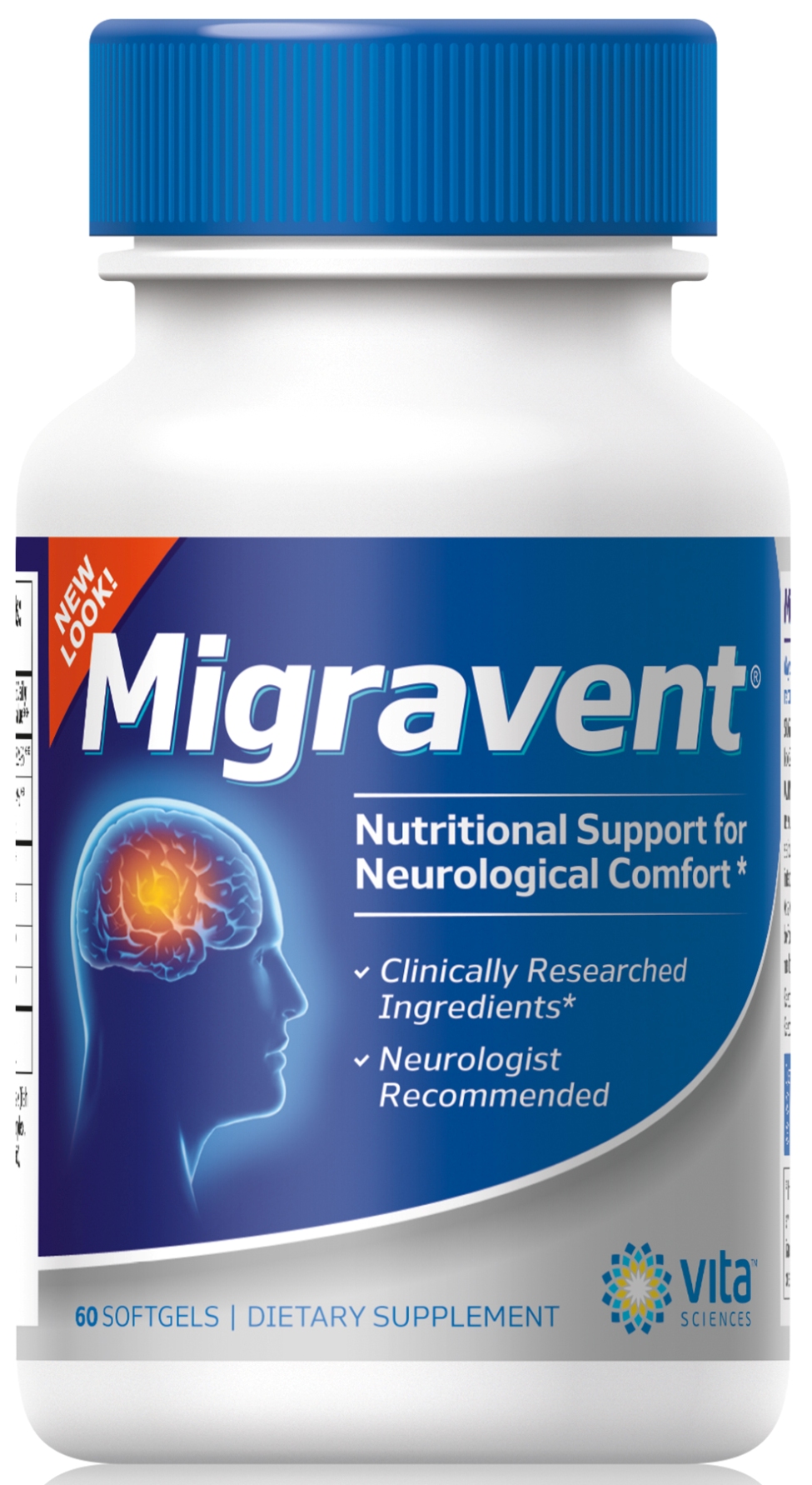According to recent reports, the US accounts for 80% of the world’s
usage of prescription painkillers. Why, then, is it so hard for migraine sufferers in the States to get pain relief when they need it?
Here are some key notes from the White House report, Epidemic: Responding to America’s Prescription Drug Abuse Crisis
Painkillers are gaining appeal among teenagers
“While there has been a marked decrease in the use of some illegal drugs like cocaine, data from the National Survey on Drug Use and Health (NSDUH) show that nearly one-third of people aged 12 and over who used drugs for the first time in 2009 began by using a prescription drug non-medically.”
The 80s had cocaine…today’s teen gateway drugs are narcotic pain relievers, which are more readily available and, what’s more, legal.
Most drug abusers get their pills from friends
“The same survey found that over 70 percent of people who abused prescription pain relievers got them from friends or relatives, while approximately 5 percent got them from a drug dealer or from the Internet.”
Instead of experimenting with street drugs like marijuana, more young adults are getting their first high from a friend’s unsuspecting mom or grandpa’s medicine cabinet. Very few, only 5%, get prescription painkillers from illegal drug trafficking.
Drug consumption skyrockets
“From 1997 to 2007, the milligram per person use of prescription opioids in the U.S. increased from 74 milligrams to 369 milligrams, an increase of 402 percent.”
Ask yourself: Do fibromyalgia patients and migraine sufferers require 402% more painkillers, gram for gram, than they did 10 years ago?
A recent report by the World Health Organization indicates that nearly half of chronic headache sufferers don’t seek medical attention for pain symptoms, and rely on over-the-counter (OTC) painkillers instead. How, then, can one explain for a sudden 400% rise in prescription pain medicine?
Who are doctor shoppers?
“…enhancement and increased utilization of prescription drug monitoring programs will help to identify “doctor shoppers” and detect therapeutic duplication and drug-drug interactions.”
Who are doctor shoppers? ER docs and nurses refer to them as “drug seekers,” people who use prescription painkillers for non-medical purposes, and usually obtain them through trickery and theft.
Doctor shoppers are addicts who feign illness so that they can obtain narcotics, often hopping from one ER clinic to another, using false identifications and made-up medical histories.
Drug seekers use up valuable, limited medical resources meant for people suffering from chronic pain- debilitating migraines and degenerative diseases.
A case of mistaken identity
 One problem facing many migraine patients and other chronic pain sufferers today is that hospital staff and pharmacists often mistake them for drug seekers.
One problem facing many migraine patients and other chronic pain sufferers today is that hospital staff and pharmacists often mistake them for drug seekers.
In an emergency room, a harried doctor has seconds to ascertain if somebody is really in the midst of a severe migraine attack, or if she is just faking it to get drugs. More likely than not, he makes the decision to hold back pain relief from the very patients for whom he was meant to provide treatment.
Will PDMPs help?
The White House proposes “prescription drug monitoring programs” to help prevent prescription painkillers from falling into the hands of drug seekers, while preventing prescription drug deaths. Theoretically, these should take some of the burden of proof away from the doctors and pharmacists. Hopefully, these programs won’t have the reverse effect, making it even harder for people with invisible illnesses to get the pain relief they need.
Whether this will be an effective way of reducing un-medical usage of pain pills, only time will tell. Not all states have adopted these programs, and they are still in an early, experimental phase.
What are your thoughts?
Have you ever resolved to go to ER for a severe migraine, and been accused of drug seeking?
Do you believe prescription drug monitoring programs will help?
Have you tried using natural ingredients for migraines?
Do you have any questions or suggestions? Please leave your comments below.
Share with your friends!
Images:
Mantas Ruzveltas, Victor Habbick



